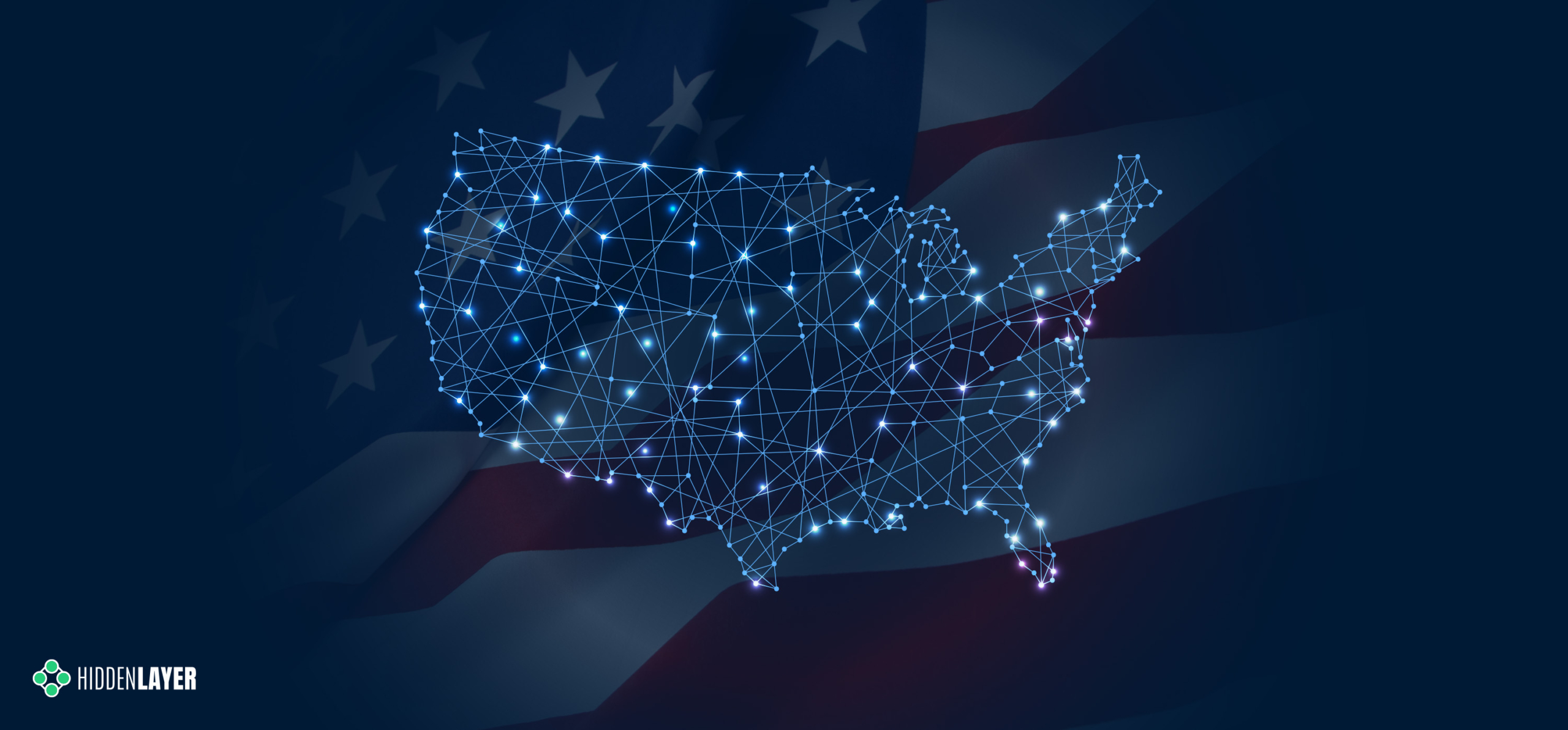Introduction
Artificial intelligence (AI) has rapidly evolved from a cutting-edge technology into a foundational layer of modern digital infrastructure. Its influence is reshaping industries, redefining public services, and creating new vectors of economic and national competitiveness. In this environment, we need to change the narrative of “how to strike a balance between regulation and innovation” to “how to maximize performance across all dimensions of AI development”.
The AI industry must approach policy not as a constraint to be managed, but as a performance frontier to be optimized. Rather than framing regulation and innovation as competing forces, we should treat AI governance as a multidimensional challenge, where leadership is defined by the industry’s ability to excel across every axis of responsible development. That includes proactive engagement with oversight, a strong security posture, rigorous evaluation methods, and systems that earn and retain public trust.
The U.S. Approach to AI Policy
Historically, the United States has favored a decentralized, innovation-forward model for AI development, leaning heavily on sector-specific norms and voluntary guidelines.
- The American AI Initiative (2019) emphasized R&D and workforce development but lacked regulatory teeth.
- The Biden Administration’s 2023 Executive Order on Safe, Secure, and Trustworthy AI marked a stronger federal stance, tasking agencies like NIST with expanding the AI Risk Management Framework (AI RMF).
- While the subsequent administration rescinded this order in 2025, it ignited industry-wide momentum around responsible AI practices.
States are also taking independent action. Colorado’s SB21-169 and California’s CCPA expansions reflect growing demand for transparency and accountability, but also introduce regulatory fragmentation. The result is a patchwork of expectations that slows down oversight and increases compliance complexity.
Federal agencies remain siloed:
- FTC is tackling deceptive AI claims.
- FDA is establishing pathways for machine-learning medical tools.
- NIST continues to lead with voluntary but influential frameworks.
This fragmented landscape presents the industry with both a challenge and an opportunity to lead in building innovative and governable systems.
AI Governance as a Performance Metric
In many policy circles, AI oversight is still framed as a “trade-off,” with innovation on one side and regulation on the other. But this is a false dichotomy. In practice, the capabilities that define safe, secure, and trustworthy AI systems are not in tension with innovation, they are essential components of it.
- Security posture is not simply a compliance requirement; it is foundational to model integrity and resilience. Whether defending against adversarial attacks or ensuring secure data pipelines, AI systems must meet the same rigor as traditional software infrastructure, if not higher.
- Fairness and transparency are not checkboxes but design challenges. AI tools used in hiring, lending, or criminal justice must function equitably across demographic groups. Failures in these areas have already led to real-world harms, such as flawed facial recognition leading to false arrests or automated résumé screening systems reinforcing gender and racial biases.
- Explainability is key to adoption and accountability. In healthcare, clinicians using AI-based diagnostics need clear reasoning from models to make safe decisions, just as patients need to trust the tools shaping their outcomes. When these capabilities are missing, the issue isn’t just regulatory, it’s performance. A system that is biased, brittle, or opaque is not only untrustworthy but also fundamentally incomplete. High-performance AI development means building for resilience, reliability, and inclusion in the same way we design for speed, scale, and accuracy.
The industry’s challenge is to embrace regulatory readiness as a marker of product maturity and competitive advantage, not a burden. Organizations that develop explainability tooling, integrate bias auditing, or adopt security standards early will not only navigate policy shifts more easily but also likely build better, more trusted systems.
A Smarter Path to AI Oversight
One of the most pragmatic paths forward is to adapt existing regulatory frameworks that already govern software, data, and risk rather than inventing an entirely new regime for AI.
Rather than starting from scratch, the U.S. can build on proven regulatory frameworks already used in cybersecurity, privacy, and software assurance.
- NIST Cybersecurity Framework (CSF) offers a structured model for threat identification and response that can extend to AI security.
- FISMA mandates strong security programs in federal agencies—principles that can guide government AI system protections.
- GLBA and HIPAA offer blueprints for handling sensitive data, applicable to AI systems dealing with personal, financial, or biometric information.
These frameworks give both regulators and developers a shared language. Tools like model cards, dataset documentation, and algorithmic impact assessments can sit on top of these foundations, aligning compliance with transparency.
Industry efforts, such as Google’s Secure AI Framework (SAIF), reflect a growing recognition that AI security must be treated as a core engineering discipline, not an afterthought.
Similarly, NIST’s AI RMF encourages organizations to embed risk mitigation into development workflows, an approach closely aligned with HiddenLayer’s vision for secure-by-design AI.
One emerging model to watch: regulatory sandboxes. Inspired by the U.K.’s Financial Conduct Authority, sandboxes allow AI systems to be tested in controlled environments alongside regulators. This enables innovation without sacrificing oversight.
Conclusion: AI Governance as a Catalyst, Not a Constraint
The future of AI policy in the United States should not be about compromise, it should be about optimization. The AI industry must rise to the challenge of maximizing performance across all core dimensions: innovation, security, privacy, safety, fairness, and transparency. These are not constraints, but capabilities and necessary conditions for sustainable, scalable, and trusted AI development.
By treating governance as a driver of excellence rather than a limitation, we can strengthen our security posture, sharpen our innovation edge, and build systems that serve all communities equitably. This is not a call to slow down. It is a call to do it right, at full speed.
The tools are already within reach. What remains is a collective commitment from industry, policymakers, and civil society to make AI governance a function of performance, not politics. The opportunity is not just to lead the world in AI capability but also in how AI is built, deployed, and trusted.
At HiddenLayer, we’re committed to helping organizations secure and scale their AI responsibly. If you’re ready to turn governance into a competitive advantage, contact our team or explore how our AI security solutions can support your next deployment.




